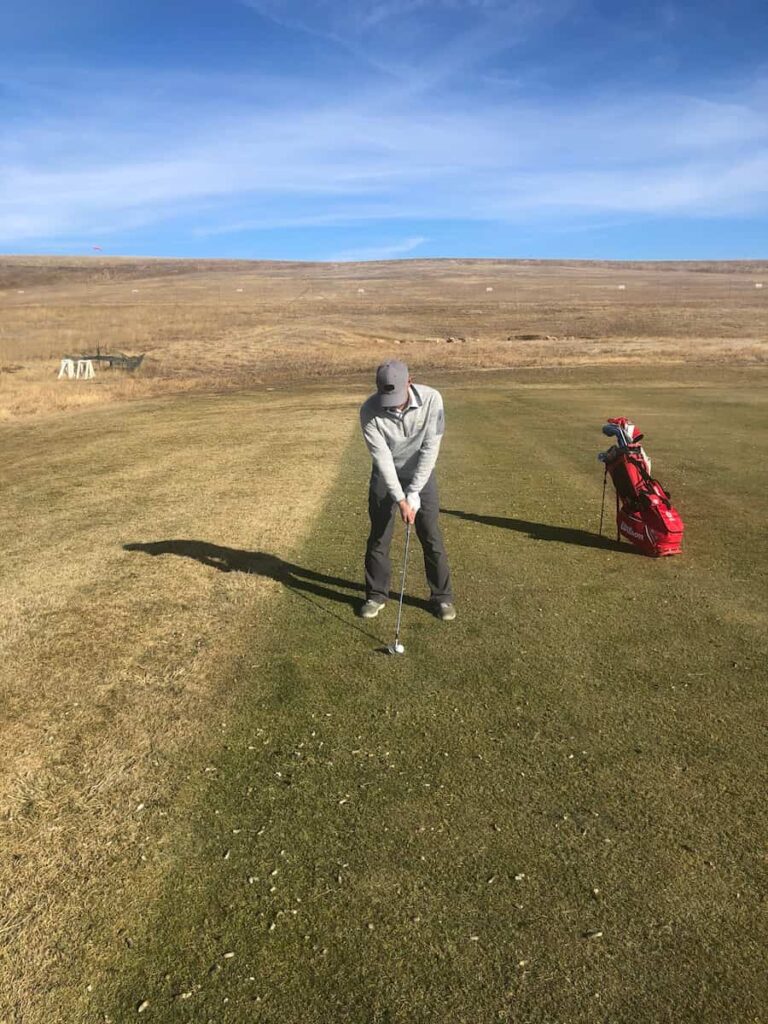While smashing drives off the tee has its appeal of feeling good about your game, but the short game is what makes the difference between a good golfer and a great one. Chipping and little pitch shots doesn’t always seem to be fun to practice since it seems like an easy thing to do and you’re already in good position by the green. But let’s not have this mind-set because it will be too late and many scores will be destroyed before you realize you need to work on the little shots. I know you paid for the range balls and it’s not worth the money to hit the balls less than 100 yards but let’s go over why it is important to practice pitch shots or bigger chips and even some drills.
Benefits of Focusing on the Short Game
Lower Scores
You’re not going to hit every green in regulation but by improving your short game, you can significantly lower your scores by having better chances to get up and down.
Confidence Boost
Mastering the short game instills confidence in your overall abilities. If you miss a green, you have the confidence to know you can still get up and down. This can make you swing or stroke the ball with the putter more with confidence.
Versatility
Developing a strong short game enables you to adapt to various course conditions including different lies and tough hole locations. This can give your game some imagination around the greens.
Saving Strokes
Closer you are to the holes from pitch shots can give you an unexpected score that was from one heck of a save. This will also save you from big numbers to keep you in the game longer.
Tips for Improving Your Short Game on the Driving Range
Many practice facilities do not have a practice pitch area so your only option is to practice this on the driving range. Yes, you will feel that you are wasting range balls that you paid for but this will be worth the time and money.
Target Practice
Don’t aimlessly chip towards the horizon. Set up empty buckets, a headover or just balls that are already out there to simulate real-course scenarios.
Focus on Trajectory
Don’t just use one wedge when practicing. Use all your wedges so you can learn how high or low your ball comes off the clubface. Also notice the spin and roll you can get from each wedge. You may want to hit higher shots to create spin and less roll or a shot lower to let it roll out.
Feel your shots beforehand
Try to mimic your practice swing because that is what will give you a good touch on how far you want to control your distance.
Keep your hands Quiet
Try not to force your shots so being smooth means keeping your tempo the same from start to finish. Your footwork can help you keep that tempo.
Check your Ball Position
A simple change can make all the difference in your short game. Make sure you place it in a position that makes you feel comfortable and consistent.
Don’t just use your Hands and Arms
Golfers think that because it’s a shorter shot and not a full swing, you don’t need to use your lower body. You will use it less but depending on the distance, you will get the lower body more involved for longer shots and less for shorter shots but they still need to move so make sure the weight is still transferred from one side to the other. Still face your target with your body at your finish.
One-Handed Swings
Take small swings with your trail hand only to understand that you have to release the club more than you think to create clubhead speed. Many golfers get their arms and upper body too involved so this is a way to feel speed by creating some hinging in your wrists.
Make it Feel Easy
When you put it all together, you should feel that this type of shot seems too easy and a lot less effort.
Sometimes the practice facility you choose to go to may have better options than other places so if you really want to dial in your short game from pitching, chipping, bunker play and putting, find the right practice area even if it means a longer drive.


